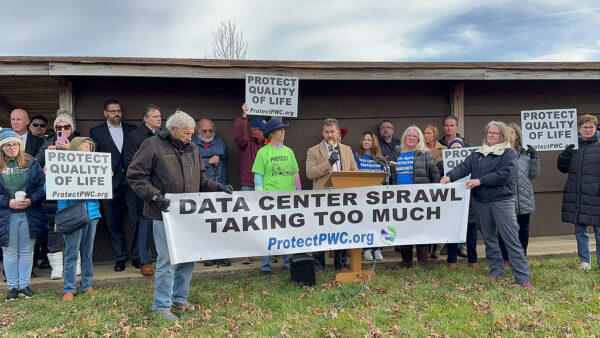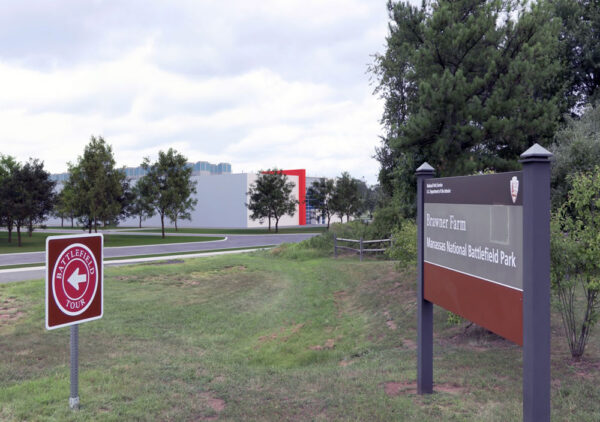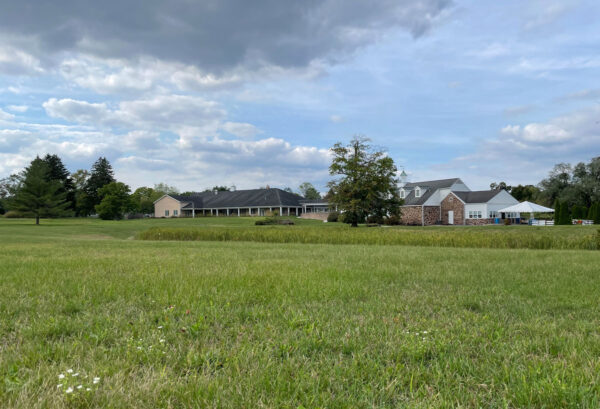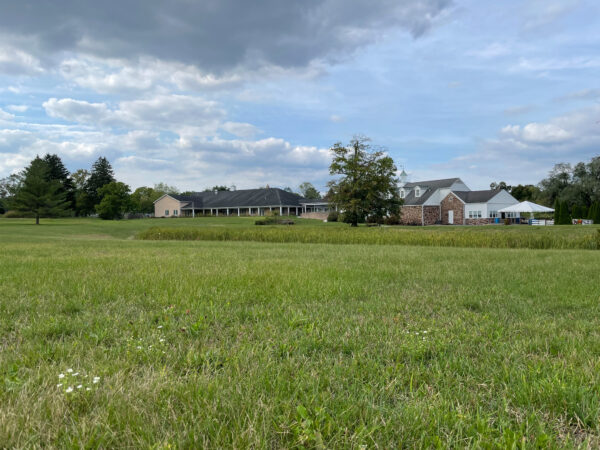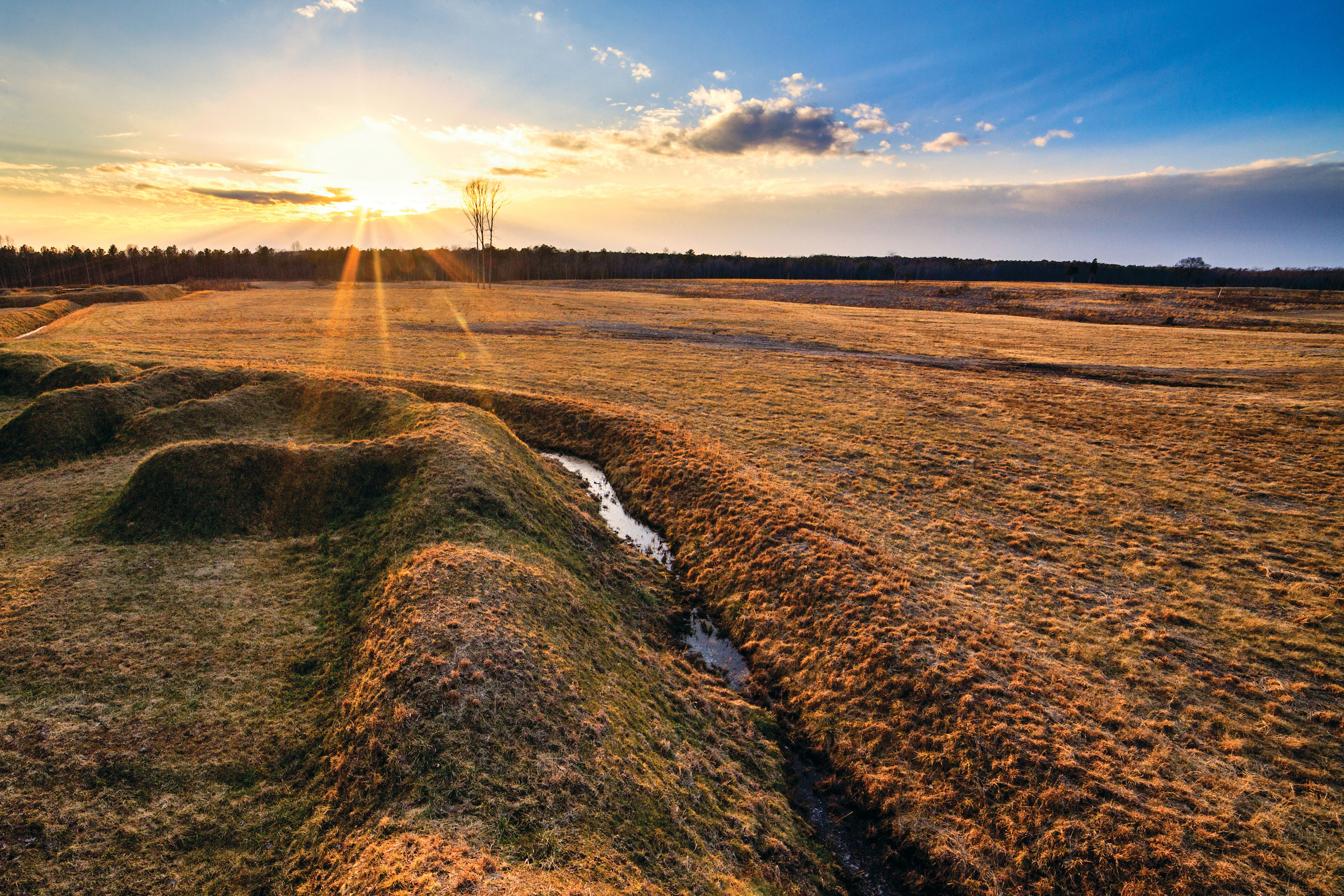 Buddy Secor
Buddy SecorOnce the site of a declining hog farm, this Trust-rehabilitated area of the Petersburg Breakthrough now features restored rifle pits and open fields of native vegetation.
The American Battlefield Trust has embarked on one of the largest preservation projects in our history, joining forces with Pamplin Historical Park and the National Museum of the Civil War Soldier in a push to preserve an 857-acre swath of land at the Breakthrough at Petersburg, Virginia. The Trust will acquire 417 acres at a cost of $11 million, but thanks to an anticipated matching grant from the federal American Battlefield Protection Program—which has helped protect approximately 35,000 acres of hallowed ground across 20 states—and a major landowner donation, we must raise only $660,000 by year’s end to complete the transaction.
Although the Pamplin campus has been named a National Historic Landmark, such designations do not carry the type of irrevocable protections the Trust’s purchase can establish. Proceeds from the sale will create an investment fund that will finance the new Breakthrough Battlefield Foundation and enable Pamplin to continue operations in perpetuity, ensuring it remains a destination for heritage tourists and students.
There is no denying this is an ambitious undertaking, but our success is vital. Large properties across Virginia are being gobbled up by data centers and this landscape is already zoned for industrial development.
It was here, at the end of a nine-month siege, that the Army of the Potomac launched the massive assault on the southern defenses southwest of Petersburg that finally broke the lines, clearing the road to the Confederate capital at Richmond. Within weeks, the war was over.
Over the course of 30 years, the Trust has acquired 439 acres associated with the Union advance and gradually restored them to their wartime appearance by removing modern buildings and other intrusions. The contiguous Pamplin campus occupies a significant section of the Confederate line and includes two miles of pristine earthworks. It was acquired in phases by philanthropist businessman Dr. Robert B. Pamplin Jr. beginning in the early 1990s, when a predecessor organization to the Trust—which was not yet able to tackle such a project—alerted him to a development threat against land once owned by his family. Pamplin went on to acquire adjacent parcels, including Tudor Hall, the plantation home of his ancestors, and Banks House, Ulysses S. Grant’s headquarters during the climactic battle. The 25,000-square-foot National Museum of the Civil War Soldier opened on Memorial Day 1999, and the park was named a National Historic Landmark in 2006.
Fighting at the Breakthrough was intense, sometimes hand-to-hand, and resulted in perhaps the greatest concentration of Medals of Honor ever awarded. Researchers at the Congressional Medal of Honor Society believe 31 Medal citation actions occurred across the now-combined site; subsequent assaults on Fort Gregg and Fort Whitworth resulted in more medals.
To learn more about the fighting at the Breakthrough or to make a gift to ensure such hallowed ground is protected, visit The Breakthrough at the American Battlefield Trust website.
David Duncan is president of the nonprofit, nonpartisan American Battlefield Trust, which is dedicated to preserving America’s hallowed battlegrounds—Revolutionary War, War of 1812, and Civil War—and educating the public about their significance.

